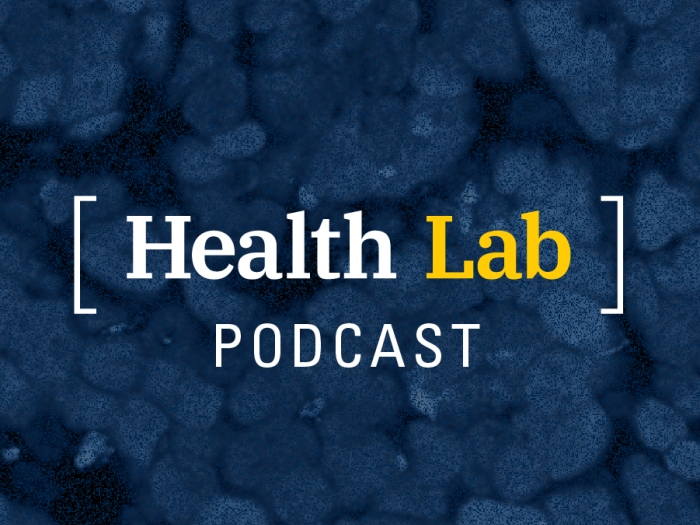The annual University of Michigan anatomical donor memorial service is a time to remember and honor those who have chosen to donate their bodies to science and research after their death, both for families of the donors and University faculty and students. The seat I sat in at the service was an act of random chance; I had filled into Rackham Auditorium with a group of other first-year medical students and was at the end of the line when we shuffled into the chosen row. This left me in the seat next to a family of one of the anatomical donors and a conversation that has changed my experience not only in anatomy but in every interaction I have had with a patient thus far.
When I sat down, all I knew about the woman next to me was that she had lost a loved one and her loved one had been brave enough to donate their own body for the sake of education and research. By the end of the conversation, we had discovered that we had mutual friends and experiences, despite our generational difference. I had also discovered that the family member that had become an anatomical donor was an outgoing, smart, and, above all, kind person who loved their family and were deeply loved by their family in return. They had a lifetime of love, hardships, and memories before they had passed away. And they had decided that they wanted to continue to serve a larger purpose after their life ended. I cried with the woman who told me all of this several times before we parted that night and have thought about this experience often since.
Because of this experience, every time I see the anatomical donor I have been paired with, I think of how much they loved and were loved in return. I think about how they used their body to survive and thrive, to teach and to learn. This reminds me to treat their body with the utmost care and respect as I learn from them. And with every living patient I encounter, it reminds me of how little of their life we see. Outside of the clinic doors, these patients love and are loved in return. By the act of coming to an academic medical center, they donate their time and privacy for the benefit of our learning and we must also treat them with the utmost respect.
The random chance of sitting down next to a woman who was so willing to share the story of her loved one has completely transformed my medical education and deepened the meaning of each interaction I have with a patient, living or not. The patients we encounter in our education have diverse lives and experiences, yet they all choose to be not only patients but also our teachers. With this in mind, we must always treat our first patients, our first teachers with kindness and respect.


Department of Communication at Michigan Medicine
Want top health & research news weekly? Sign up for Health Lab’s newsletters today!





